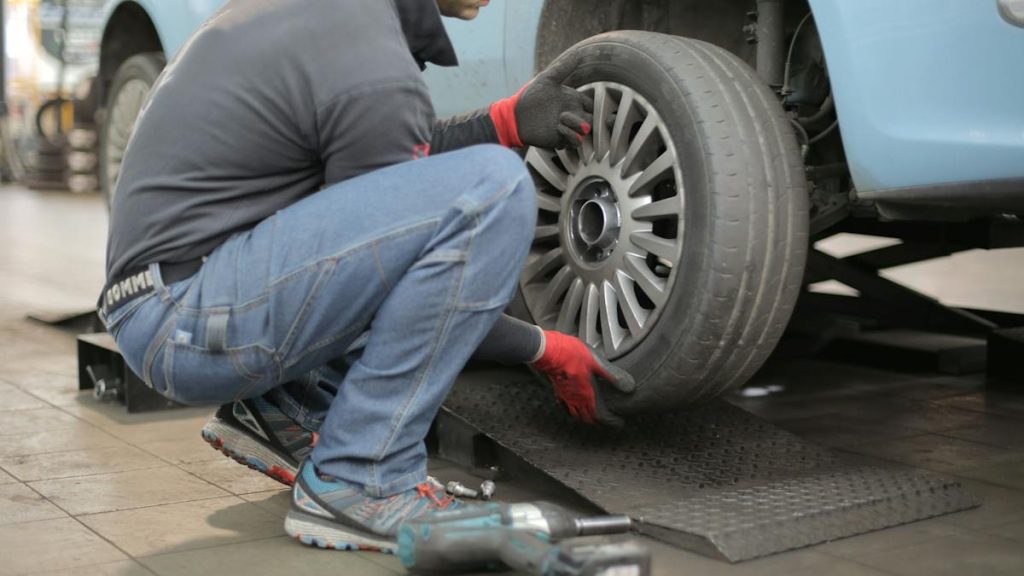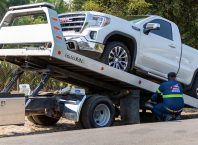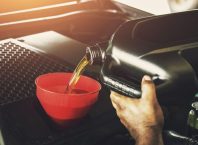Table of Contents
Achieving the pinnacle of Off-The-Road (OTR) tyre performance demands a meticulous embrace of a comprehensive program, where Rotation, Pressure, and Matching (RPM) emerge as pivotal focal points. This strategic trifecta not only enhances tyre performance but also elevates productivity and extends the overall lifespan of these critical components.

Strategic Tyre Rotation
Within the realm of OTR Tyre Performance Optimization, strategic tyre rotation stands as a linchpin practice. Conventional approaches, tethered to fixed intervals, often fall short of the nuanced requirements for optimal outcomes. The key lies in a refined approach, prioritizing wear rate and scrap points over arbitrary timelines.
An improper rotation not only curtails the overall lifespan of the tyre but also disrupts production and strains budgetary allocations. Precision in tyre rotation, guided by considerations such as Regional Traction Drive (RTD), becomes imperative. Collaborative engagements with OTR tyre management in Western Australia offer tailored rotation optimization, mitigating wear based on site-specific conditions.
Precision in Air Pressure Management
The meticulous management of tyre pressure emerges as a cornerstone within the spectrum of OTR tyre best practices. Air pressure mismanagement can inflict a 5% reduction in tyre lifespan, amplifying costs and eroding productivity. Aligning OTR tyre pressure with the anticipated load proves pivotal in optimizing tyre performance.
This precision in pressure management serves as a bulwark against the adverse effects of both under-inflation and over-inflation. Under-inflation induces excessive deflection, culminating in mechanical stress and heat generation, ultimately diminishing tyre life. Conversely, over-inflation stifles natural deflection, giving rise to heightened wear rates, diminished traction, and increased vulnerability to cuts and impact breaks.
Harmonizing Duals for Optimal Performance
Operationalizing equipment with dual tyres necessitates an exacting approach to matching, a practice critical for averting complications. Even marginal disparities in tread depths or patterns between dual tyres can precipitate slipping, scrubbing, and overheating issues. Such discrepancies not only strain mechanical systems but also pose a potential catalyst for premature tyre failure. When replacing OTR tyres, meticulous attention to detail is paramount.
A comprehensive assessment of tread depth on both sides and an accurate measurement of the static loaded radius (SLR) ensure the optimal matching of dual tyres, thereby enhancing overall performance. Regular pre-shift inspections of tyres, rims, and wheels emerge as indispensable for identifying potential issues.
Highwall Safety Protocols
Navigating workspaces in proximity to highwalls, benches, or overhangs introduces a panoply of risks, ranging from equipment damage to potential harm or loss of life. Adherence to stringent safety protocols becomes imperative. Before the initiation of work, thorough clearing of the workspace, coupled with a comprehensive safety inspection, is paramount. A safe operating distance from the structure must be maintained, with collaborative work practices ensuring constant hazard monitoring and a swift response to emergencies.
Effective communication with supervisors regarding location and work details is indispensable. When operating on top of a high wall, maintaining a wide margin of safety through equipment orientation or the strategic placement of barriers becomes a non-negotiable practice.
In the embrace of these meticulously outlined OTR Tyre Program Best Practices, organizations fortify their commitment to operational excellence, safety, and cost-efficiency, ensuring that OTR tyres not only perform optimally but also exhibit sustained resilience throughout their lifecycle.



